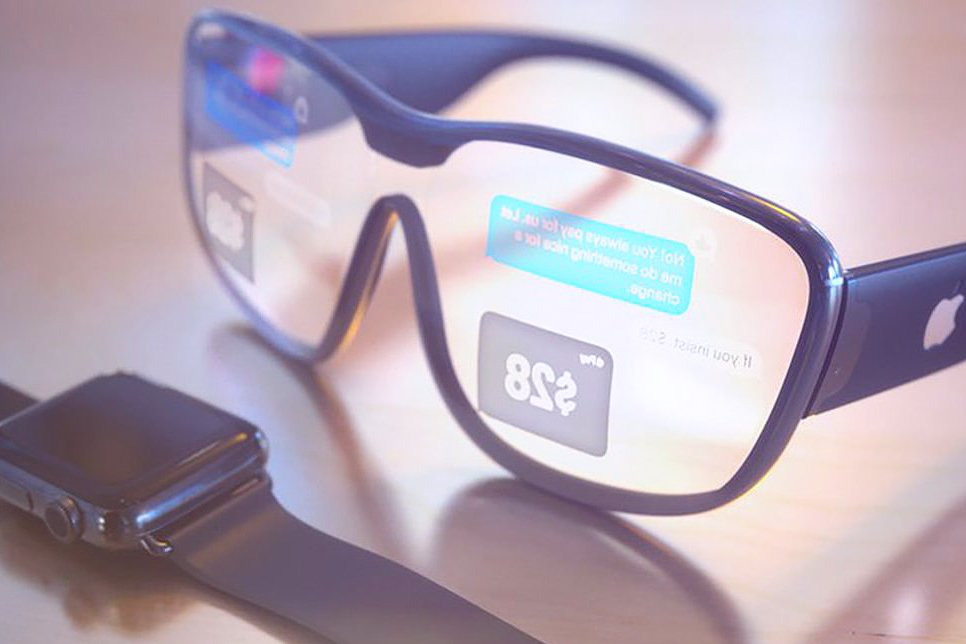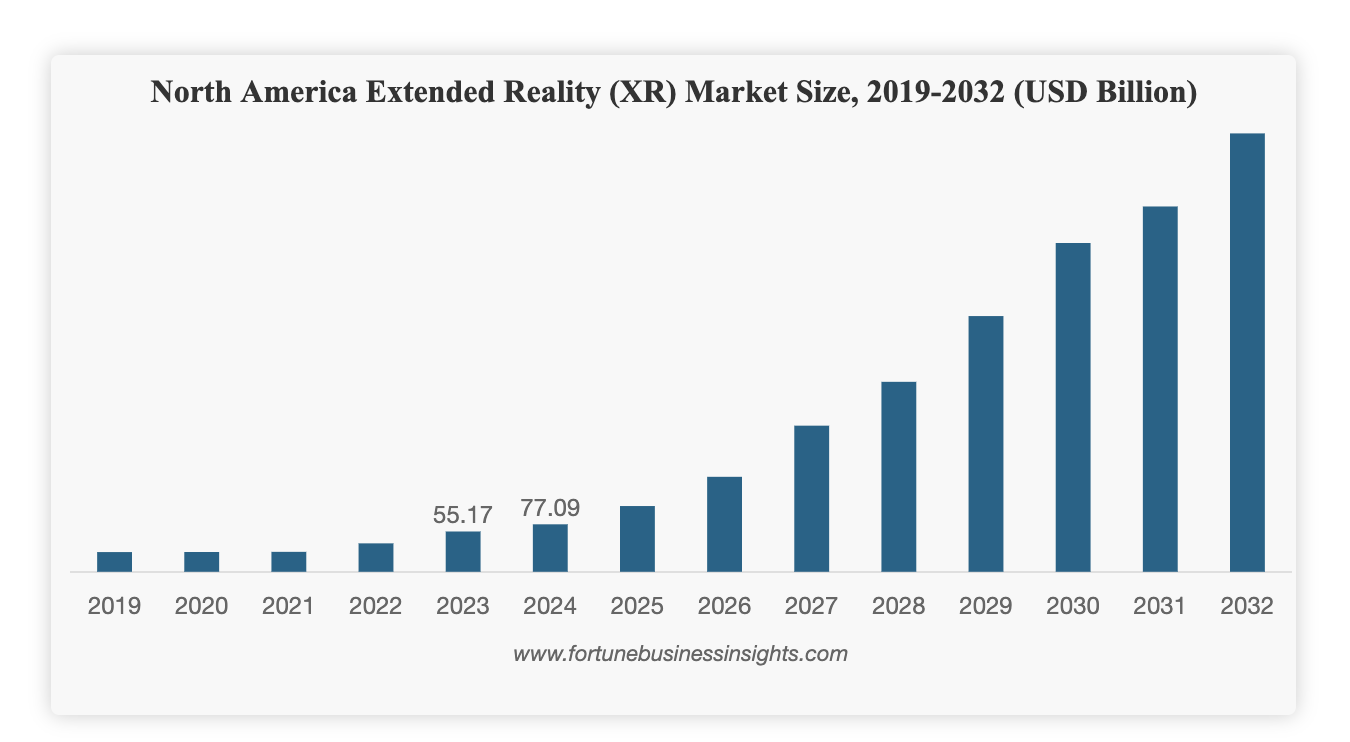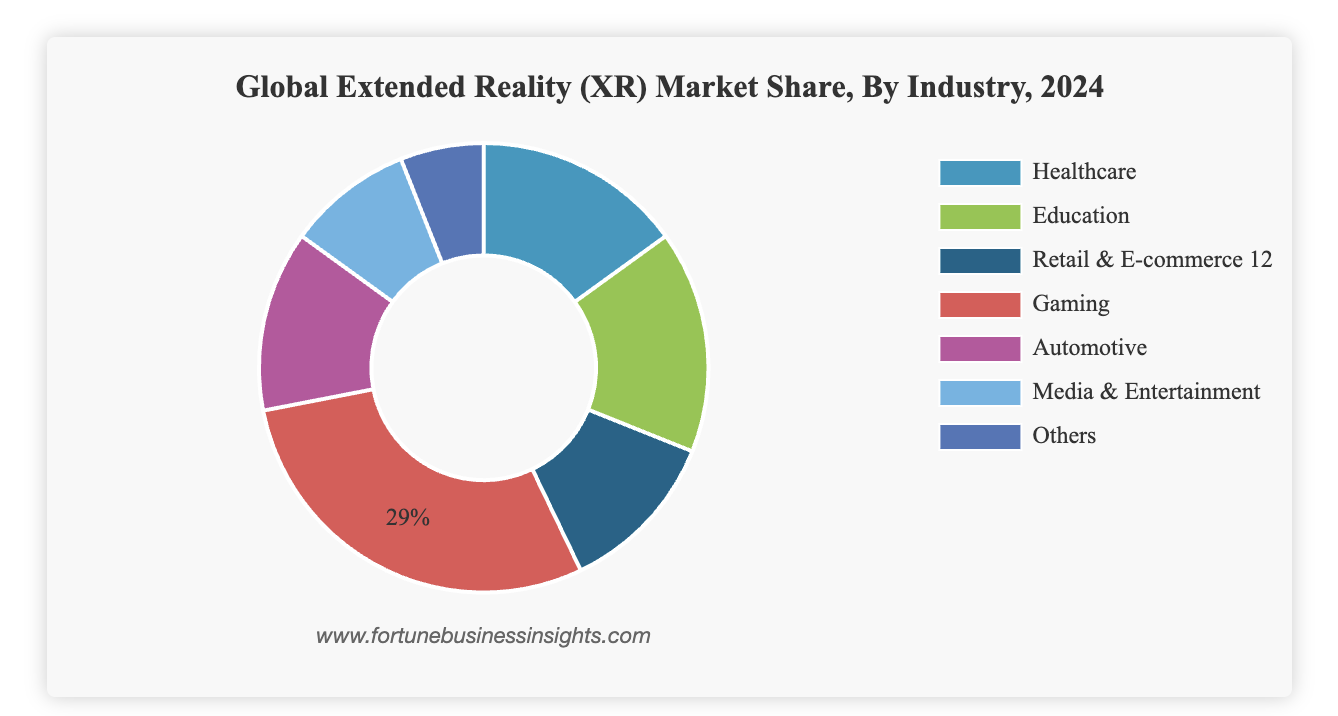The XR Renaissance Begins 2025 | 매거진에 참여하세요
The XR Renaissance Begins 2025
#XR #AI #5G #applicatio #Trend #Begins #Differ #Race #Extended #Reality
XR is Back: The Extended Reality Renaissance of 2025
It feels like déjà vu—but smarter, lighter, and actually useful this time.
After years of dormancy, the XR (Extended Reality) industry is experiencing a true revival.
And unlike the metaverse hype wave of 2016–2021, this time it’s backed by real technological maturity, not just marketing buzz.
So, why now?
1. Why the Sudden Surge in XR Again?
The launch of Apple’s Vision Pro wasn’t just a product release—it was a signal. Major players like Meta, Samsung, Microsoft, and even newer entrants are jumping back into the XR race.
But what makes 2025 different is the convergence of three powerful forces:
- Significantly improved user experience
- Mature infrastructure (5G, edge computing, Wi-Fi 6/7)
- A robust and growing content ecosystem
More than just a trend, XR in 2025 represents a critical inflection point in tech adoption—where digital layers begin to seamlessly augment physical reality.

2. Why Did XR Fail the First Time?
Let’s rewind to 2016. Facebook (now Meta), HTC, and Samsung poured billions into VR and early XR platforms.
And yet, adoption sputtered. Why?
- Clunky Hardware: Devices were heavy, uncomfortable, and battery-draining.
- Content Deficit: There just wasn’t enough to do with them.
- Network Limitations: Streaming high-fidelity XR content over 4G or weak Wi-Fi? Not happening.
- Overpromised, Underdelivered: Metaverse hype peaked fast and crashed even faster.
The result? XR got shelved as a “cool but niche” tech—until now.
3. What Changed in 2025?
a) Hardware Finally Feels Right
Apple Vision Pro and Meta Quest 3 ushered in a new era of featherlight, high-performance headsets. With eye tracking, room-scale awareness, and improved battery life, immersion is now believable—and comfortable.
b) Network Infrastructure Caught Up
Thanks to 5G and next-gen Wi-Fi, XR can finally handle real-time rendering, remote collaboration, and cloud-based processing. XR surgery training, industrial simulations, and remote education? All viable now.
c) Generative AI is the Real Game-Changer
Forget pre-built scenes. Today’s XR integrates generative AI to dynamically create environments, characters, and narratives on demand. AI fills the gaps XR previously couldn’t—personalized content, intelligent characters, and real-time translations.
d) Content Has Evolved
We’re no longer limited to a handful of VR games. XR now spans fitness, fashion, therapy, film, design, and education. Gamified workouts? Virtual art critiques? Simulated medical training? All here.

4. The Market Outlook: How Big Is This Going to Get?
The XR market is exploding. Forecasts estimate a global market size of $150B–$250B by 2025, reaching over $800B by 2030.
In South Korea alone, XR is projected to hit $61B in 2025, though lagging behind U.S. innovation by roughly two years.
Still, AI integration and government-led digital transformation are accelerating the curve.
With Apple, Samsung, and Vivo embedding XR features into their ecosystems, a hardware war is brewing.
But more interestingly, they’re fighting to own the content platforms that XR will run on.

5. XR + Generative AI: From Interfaces to Co-Creators
What happens when you fuse spatial computing with real-time content generation?
You get a radically different kind of experience—something we might call “co-created immersion.”
a) Generative Worldbuilding
Instead of manually modeling 3D scenes, AI now builds entire environments from a single prompt.
Examples:
NVIDIA Omniverse creates 3D assets using plain language instructions.
Unity + OpenAI allows users to say, “Give me a medieval castle,” and see it rendered—textures, light, sound and all.
b) Conversational Characters (AI NPCs)
NPCs are no longer static script-driven bots. With large language models like GPT, Claude, and Gemini, in-game characters can now reason, express emotion, and adapt on the fly.
Imagine:
Medical students training with AI patients that talk and respond like real people.
Military simulations with adaptive enemy behaviors.
XR companions that know your preferences and evolve over time.
c) Voice-Based Natural Interfaces
XR headsets don’t work well with keyboards. With AI, users can speak or gesture—“Enlarge this model by 200%”—and the system just gets it.
d) Personalization at Scale
Generative AI tailors XR experiences in real time. No two users need to see the same thing. From avatars to environments, everything is dynamically customized.
6. Real-World Applications: XR + AI in Action
Manufacturing & Automation
AI analyzes factory workflows in XR.
Simulations test different layouts and safety protocols before a single screw is turned.
Healthcare
Virtual diagnosis and treatment simulations using AI-generated patient scenarios.
AI therapists in immersive environments offer emotional support and analytics.
Retail
Virtual stores where AI recommends outfits based on your history and shows them on your avatar in real time.
Conclusion: XR’s Future Is AI-Native
We used to think XR was about watching or experiencing. Now it’s about creating—on the fly, at scale, with AI as your co-pilot.
This isn’t just a tech stack. It’s a paradigm shift.
The winning formula?
Immersion (XR) × Intelligence (AI) × Infrastructure (5G/Edge)
The new XR experience is human-centered, deeply contextual, and always learning. In the years ahead, the real magic of XR will be in what you don’t see—AI working behind the scenes, shaping your world in real time.
The future isn’t just spatial. It’s smart and interactive by design.






